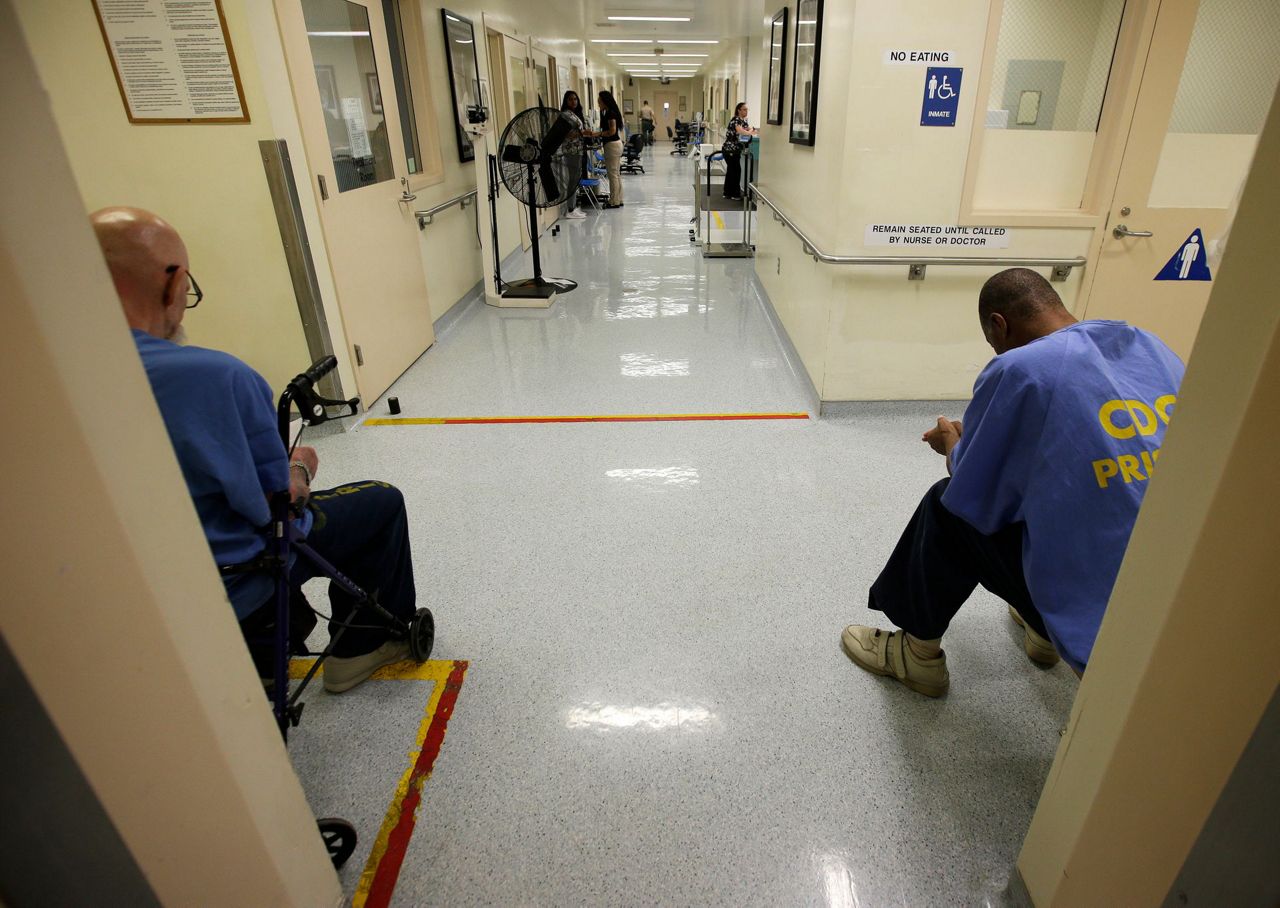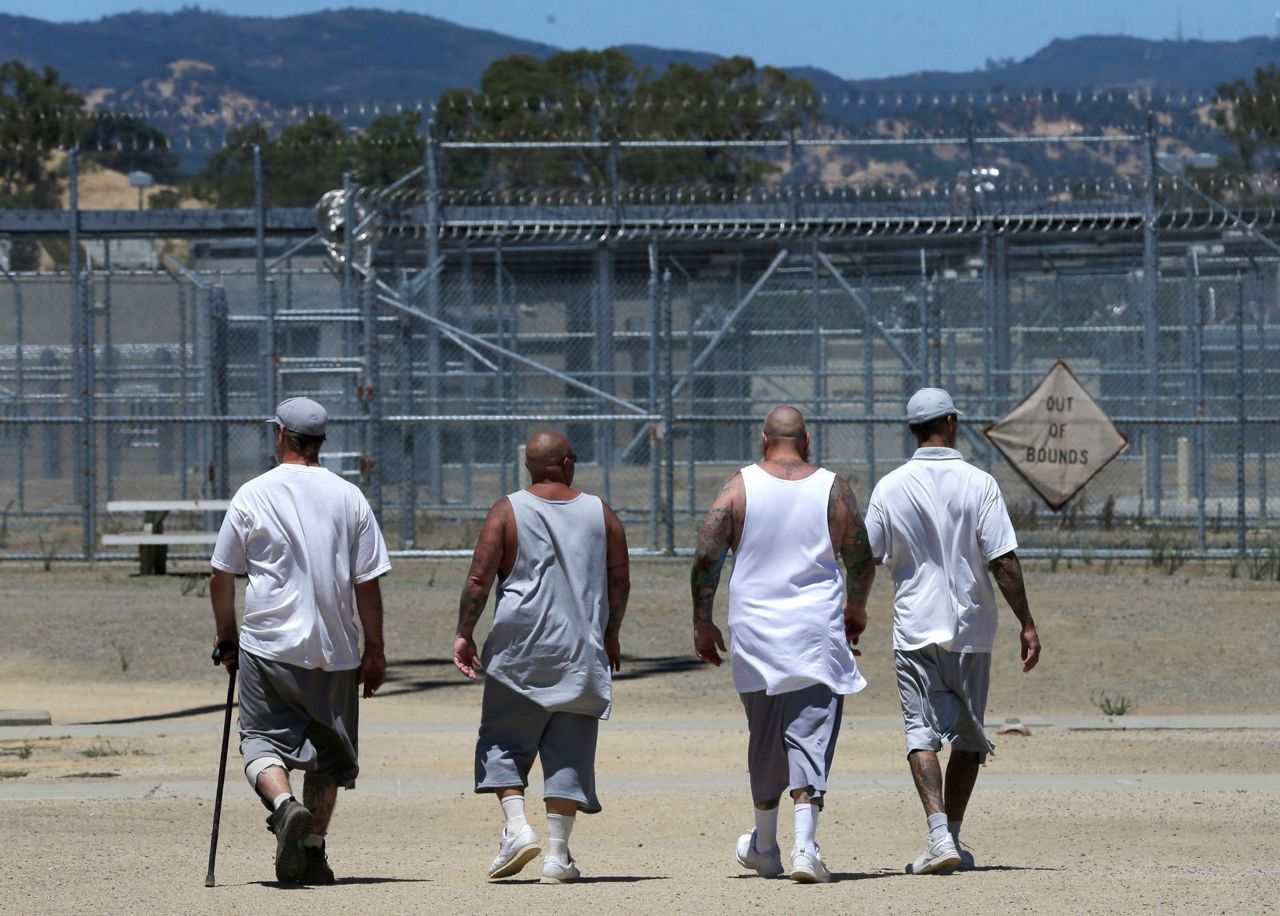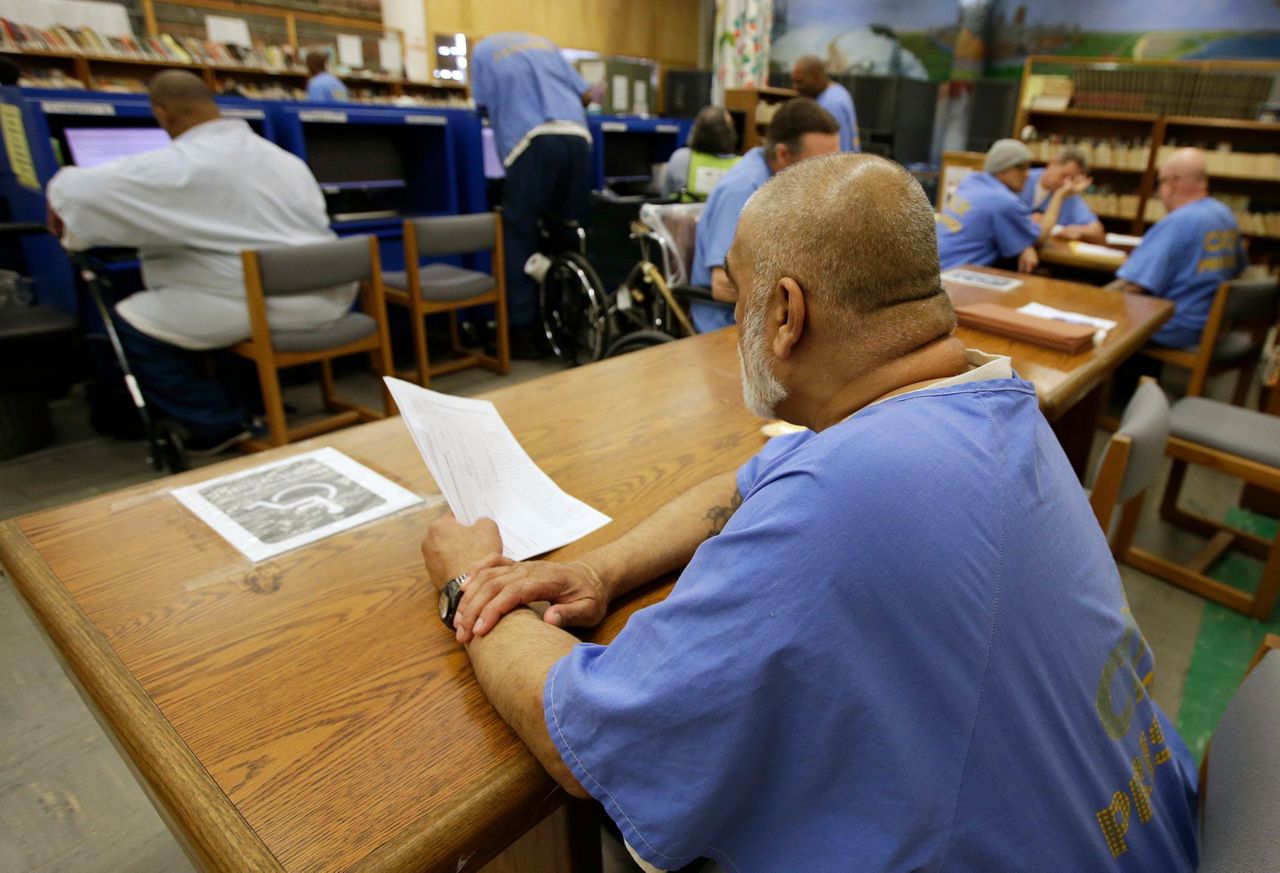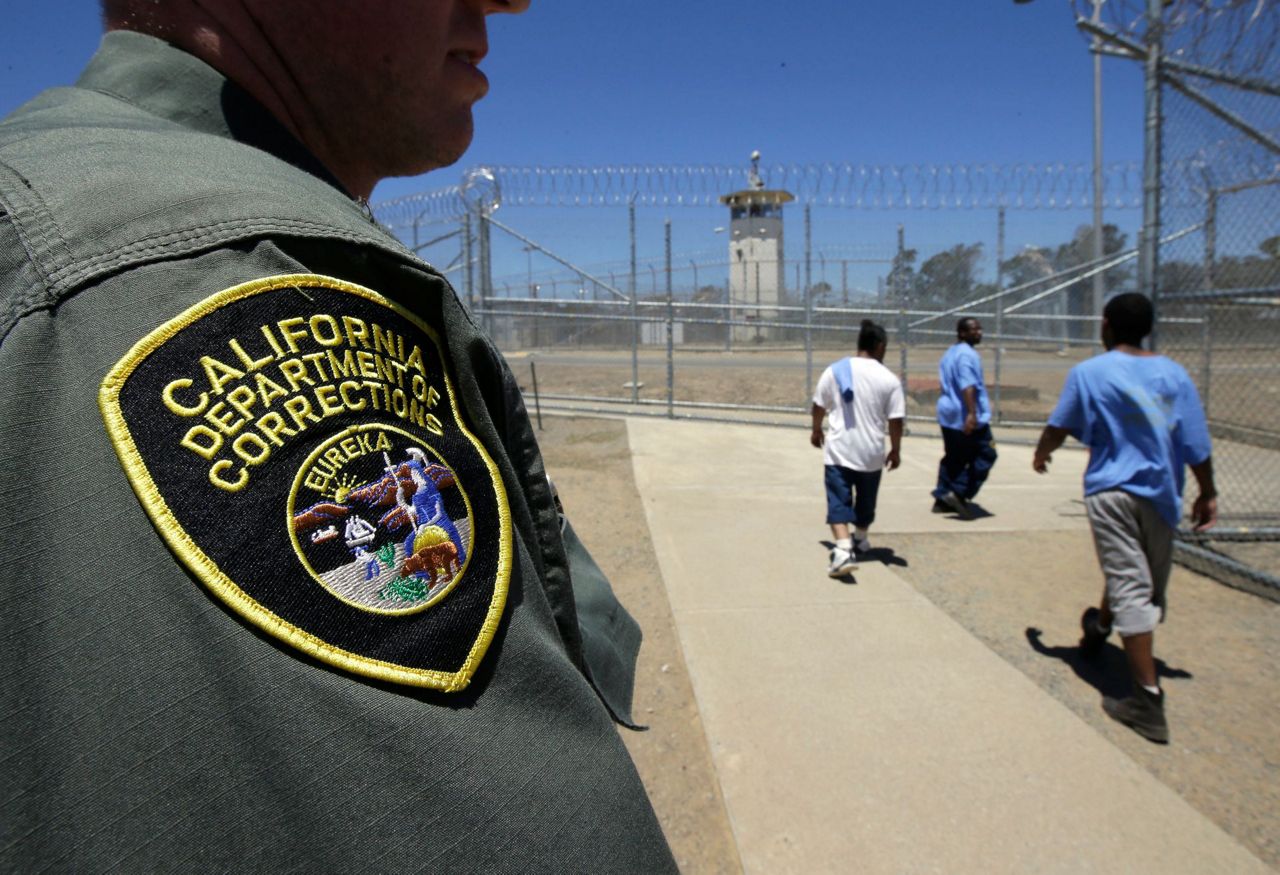SACRAMENTO, Calif. (AP) — California is dismantling its protective custody program for vulnerable inmates after the population boomed and spawned problems of its own with gangs, drugs and assaults.
WHEN DID THE PROGRAM START?
The state began identifying certain vulnerable inmates as needing special protective housing in the late 1990s, and created so-called Sensitive Needs Yards for them starting in early 2002. More than 40 of the yards are now scattered within 20 of California's 34 prisons.
WHAT ARE SENSITIVE NEEDS YARDS?
They are cellblocks, common areas and outdoor recreation yards set aside for male inmates who would likely be harmed if they were in the general population with other prisoners. These prisoners include sex offenders; inmates with youthful appearances; inmates who have left prison gangs; have been assaulted; have enemies in the general prison population; have drug or gambling debts; or are former law enforcement or correctional officers.
Women's prisons in the state do not have Sensitive Needs Yards.
HOW MANY PRISONERS DO THEY HOLD?
The number of inmates labeled as sensitive needs peaked in 2015 at about 45,600, which was more than one-third of California's entire prison population and more than 40 percent of male inmates. Sex offenders accounted for 27 percent of the protective custody population.
With recent changes, it has dropped to about 33,000 inmates, about one-quarter of the entire prison population.
HOW MUCH DO THEY COST?
Prison officials say there is no additional cost, as Sensitive Needs Yards are run like any other housing unit.
HOW ARE THEY PART OF THE PROBLEM?
The homicide rate in Sensitive Needs Yards has been two to three times the rate in the general population yards since 2011. Prison officials have identified about 100 gangs within Sensitive Needs Yards, bringing associated problems including drug smuggling.
WHAT'S NEXT?
Corrections officials are gradually integrating sick, mentally ill and lower-security protective custody inmates into the general prison population, including into housing units that offer enhanced rehabilitation programs that can earn prisoners earlier parole. There has been some violence, and officials have transferred gang members out of several prisons to discourage retaliatory attacks on vulnerable inmates.
___
Source: California Department of Corrections and Rehabilitation
Copyright 2018 The Associated Press. All rights reserved. This material may not be published, broadcast, rewritten or redistributed.






